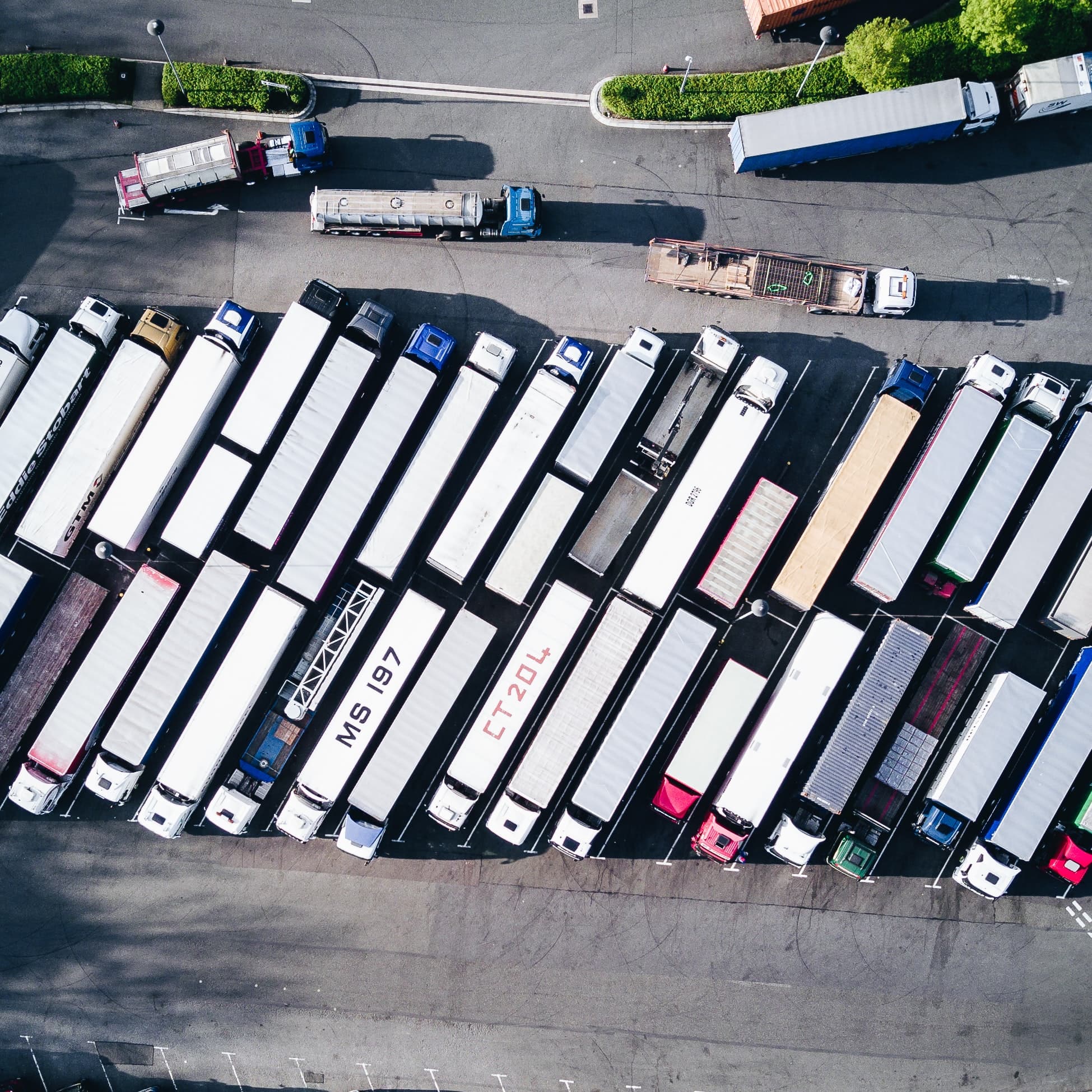
Decarbonize road freight with battery electric trucks
Summary
A switch from ICE to BEV trucks in transportation, using electric motors, can reduce direct fuel combustions emissions from fossil fuels
Key resources
Solution
The transport industry accounts for 16.2% (1) of annual global carbon dioxide emissions, producing approximately 7.3 Gigatonnes of CO2e (2). Light vehicles represent close to 80% of these emissions, while medium and heavy duty trucks contribute the remaining 22% (1.6 Gigatonnes of CO2e per year). Today, the main power train system for trucks is based on the internal combustion of fossil fuels (e.g., diesel and gasoline).
Understanding the benefits of electric vehicles
A switch from Internal Combustion Engines (ICE) to Battery Electric Vehicles (BEV), using one or more electric motor for propulsion, powered by a battery, can reduce direct fuel combustions emissions from fossil fuels. Scope 2 carbon dioxide emissions increase (as power consumption rises), however, they decline over time as the share of renewables and low carbon electricity generation in the power mix increases. Lifecycle emissions can be reduced by 10 to 60%, provided global energy mixes include more renewable energy sources and encourage materials recycling (3).
Beyond this, the total cost of ownership for urban, regional, and long haul trucks is expected to reach break-even point within next 5-10 years, with positive impacts for the economy and environment. Regional characteristics such as fuel costs, power costs and typical vehicle characteristics such as size and weight, will determine when cost parity will be reached in Europe, the US and China (4).

Usage
The adoption of BEV technology in the freight sector appears to be progressing faster than expected (193% year to year growth of registered heavy-duty trucks in Europe in 2021). More companies are using electric trucks (eTrucks) in their operations. For example, in 2021, Volvo (which had a 42% market share in eTrucks sold in Europe in 2021) delivered around 1,100 eTrucks to clients using them for short-range deliveries of up to 300km.
Recent research shows that eTrucks could account for 15% of global truck sales by 2030, with favorable segments such as urban light duty trucks reaching sales as high as 25-35% in China and Europe.
Impact
Climate impact
Targeted emission sources
Switching from ICE to BEV trucks in transportation targets carbon dioxide emissions along three phases of a truck’s life cycle:
Manufacturing phase
Use-phase
End-of-life treatment phase
This typically impacts Scope 1 and Scope 2 emissions, for example through increased electricity usage, while also influencing Scope 3 emissions:
Category 1 (Purchased Goods and Services)
Category 11 (Use of Sold Products)
Category 12 (End-of-Life Treatment of Sold Products)
Decarbonization impact
The manufacturing phase in particular requires vehicle manufacturers to address higher CO2e (15 to 40% higher compared to diesel or gasoline powered trucks) through sustainable sourcing of materials (eg. input materials for batteries and electric motors).
Overall use-phase emissions of eTrucks are typically 20 to 30% lower during the vehicle operation period. In Germany, 46.7 tonnes of CO2e per year for electric trucks and 59.5 tonnes of CO2e per year for equivalent diesel vehicles (a reduction of 22%). In countries with a high share of renewable energy sources, the difference in use phase carbon dioxide emissions can increase to more than 90%. For example, in Sweden, this amounts to 3.9 tonnes of CO2e per year for electric trucks and 59.5 tonnes of CO2e per year for diesel vehicles (95% total reduction) (3).
Finally, end-of-life treatment emissions of BEV are lower than ICEs due to a greater potential for component recycling.
Business impact
Lower life cycle emissions, lower total cost of ownership, ensuring market access, eg within urban zero-emission zones, tax breaks and regional subsidies.
Implementation
Typical business profile
Transport companies involved in long-haul, regional, and urban transport services, and all units operating or owning trucks within their business activity.
Approach
Adoption of eTrucks must be considered based on regional charging and servicing infrastructure in the relevant country of use, with electric vehicle route planning and range management.
Sourcing approach for truck bodies and other relevant truck components does not change. Use of eTrucks does not impact total load capacity and utilities of vehicles throughout life cycle.
Implementation and operations tips
Currently full scale implementation of electric trucks across all categories (light, regional, and heavy-duty transportation) provides challenges across local charging grid speed and availability, range constraints due to developing technology of batteries, and load capacity range dependency.
Implement reliable range and charging planning for operations of electric fleet, consider battery capacity deterioration, maintenance costs and lower temperature operating range, higher initial cost, limited driving range, cost of servicing and risk of manufacturer recalls in specific cases. The total cost of ownership impact varies according to low-, medium- or heavy-duty truck usage, therefore total cost analysis and breakdowns must be applied.
Going further
Main sources
Further readings